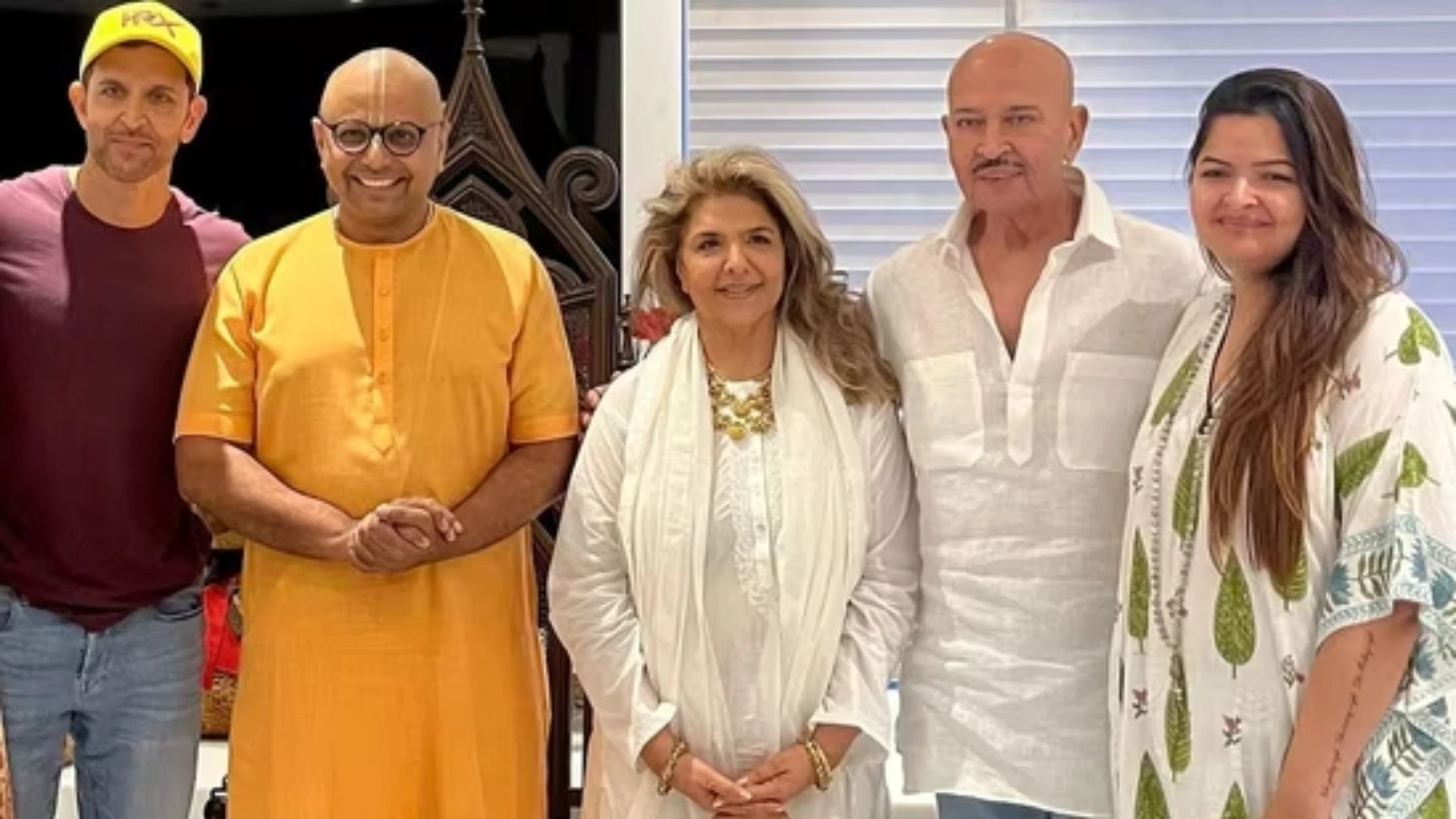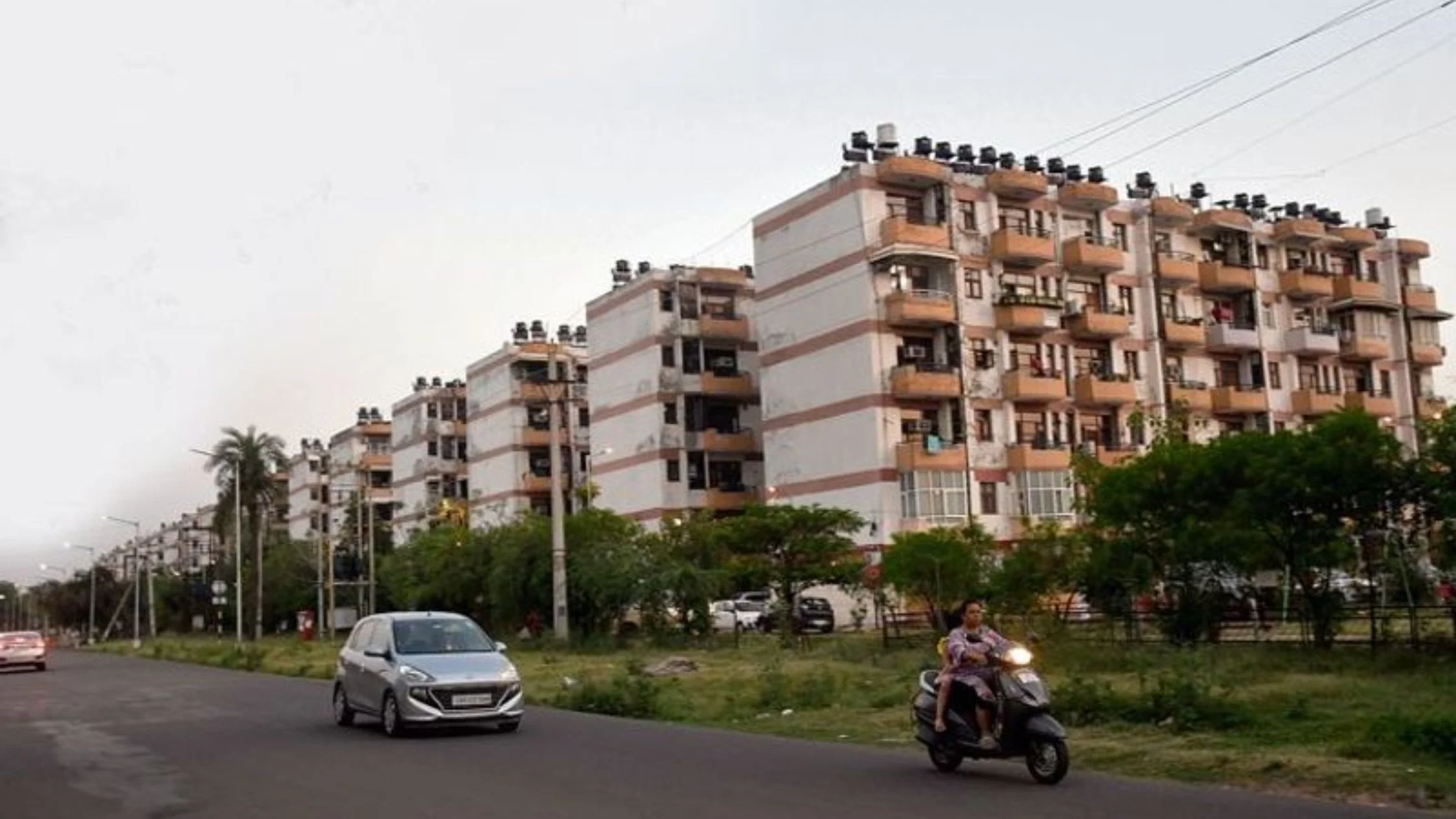Table of Content
- Introduction
- What Are Zero Down Payment Home Loans?
- Table 1: Key Features of Zero Down Payment Loans
- The Reality of Zero Down Payment Home Loans in India
- Table 2: Common Myths and Realities
- Eligibility Criteria for Home Loans in India
- Table 3: Home Loan Eligibility Criteria
- Alternatives to Zero Down Payment Home Loans
- Table 4: Alternatives to Zero Down Payment Loans
- Understanding the Cost Implications
- Table 5: Cost Implications of Low Down Payments
- The Role of Mortgage Insurance
- Table 6: Overview of Mortgage Insurance
- Tips for Borrowers Seeking Low Down Payment Options
- Table 7: Tips for Securing Low Down Payment Loans
- Conclusion
Introduction
In India, home ownership is a dream for many individuals and families. However, the financial barrier of making a down payment often stands in the way. This has led to the belief that zero down payment home loans are available. But is this a reality or just a myth? In this article, we will explore the concept of zero down payment home loans in India, debunk common myths, and discuss available alternatives for minimizing upfront costs.
What Are Zero Down Payment Home Loans?
Zero down payment home loans are loans that allow borrowers to purchase a home without making any upfront payment. This means that the entire cost of the home is financed through the loan.
Table 1: Key Features of Zero Down Payment Loans
|
Feature |
Description |
|
Down Payment Requirement |
No upfront payment required |
|
Loan Coverage |
Full financing for home purchase |
|
Eligibility Criteria |
Varies by lender and borrower profile |
|
Monthly Payments |
Typically higher due to no initial investment |
The Reality of Zero Down Payment Home Loans in India
- Existence of Zero Down Payment Loans
In India, true zero down payment home loans are rare. Most lenders require a minimum down payment, usually around 10% to 20% of the property’s value. However, some schemes and alternatives may reduce the initial outlay.
- Myths Surrounding Zero Down Payment Loans
- Myth 1: Zero down payment loans are available for everyone.
Reality: These loans are often subject to strict eligibility criteria. - Myth 2: No down payment means no risk.
Reality: Higher loan amounts can lead to increased financial burden. - Myth 3: All lenders offer zero down payment options.
Reality: Only a few specialized lenders provide such loans.
Table 2: Common Myths and Realities
|
Myth |
Reality |
|
Available for everyone |
Strict eligibility criteria apply |
|
No risk involved |
Higher loan amounts can increase risk |
|
Offered by all lenders |
Limited to specific lenders or schemes |
Eligibility Criteria for Home Loans in India
- Credit Score
A good credit score is essential for securing a home loan, especially for those looking for minimal down payments. Lenders typically prefer a score above 750.
- Income Stability
Stable income is critical for lenders. Borrowers should demonstrate consistent earnings to qualify for a home loan.
- Employment History
Lenders often look for a stable employment history, typically requiring at least two years in the same job or industry.
Table 3: Home Loan Eligibility Criteria
|
Criteria |
Description |
|
Credit Score |
Minimum score of 750 preferred |
|
Income Stability |
Regular income required |
|
Employment History |
At least 2 years in the same job or industry |
Alternatives to Zero Down Payment Home Loans
While true Zero Down Payment home loans may be scarce, several alternatives can help reduce upfront costs:
- Government Schemes
- Pradhan Mantri Awas Yojana (PMAY)
PMAY is a government initiative aimed at providing affordable housing. It offers subsidies on home loans, which can help reduce the effective interest rate and, in some cases, the overall loan amount required.
- Credit Linked Subsidy Scheme (CLSS)
Under CLSS, eligible homebuyers can avail of interest subsidies based on their income group, which effectively lowers their monthly payments.
- Low Down Payment Loans
Some lenders offer loans with lower down payment requirements. These loans typically require a down payment of around 10% to 15% of the property value.
- Family Assistance
Borrowers can seek financial assistance from family members. This can help cover the down payment while still allowing the borrower to qualify for a loan.
Also Read: 10 Saving Strategies for First-Time Homebuyers
Table 4: Alternatives to Zero Down Payment Loans
|
Alternative |
Description |
|
Pradhan Mantri Awas Yojana (PMAY) |
Government subsidy on home loans |
|
Credit Linked Subsidy Scheme (CLSS) |
Interest subsidy based on income |
|
Low Down Payment Loans |
Loans requiring 10% to 15% down payment |
|
Family Assistance |
Financial help from family members |
Understanding the Cost Implications
- Higher Monthly Payments
Borrowers opting for zero or low down payment loans will face higher monthly payments due to the larger loan amount.
- Total Interest Paid
Higher loan amounts can also result in paying more interest over the life of the loan. Borrowers should consider the total cost of financing.
Table 5: Cost Implications of Low Down Payments
|
Factor |
Description |
|
Monthly Payments |
Higher due to larger loan amounts |
|
Total Interest Paid |
Increased interest over the loan duration |
The Role of Mortgage Insurance
Mortgage insurance is often required for loans with low down payments. It protects lenders in case of default and adds an additional cost to the borrower.
- What is Mortgage Insurance?
Mortgage insurance is a type of insurance that protects the lender in the event that the borrower defaults on their loan.
- Cost of Mortgage Insurance
The cost varies but typically ranges from 0.3% to 1.5% of the loan amount annually. This adds to the monthly financial burden on the borrower.
Table 6: Overview of Mortgage Insurance
|
Aspect |
Description |
|
Purpose |
Protects lender against borrower default |
|
Cost |
Typically 0.3% to 1.5% of loan amount annually |
Tips for Borrowers Seeking Low Down Payment Options
- Improve Your Credit Score
A higher credit score can help secure better loan terms and reduce the need for mortgage insurance.
- Explore Government Schemes
Take advantage of government initiatives designed to help first-time homebuyers.
- Save for a Down Payment
While aiming for low down payments, having some savings can significantly ease the financial burden.
Table 7: Tips for Securing Low Down Payment Loans
|
Tip |
Description |
|
Improve Credit Score |
Aim for a score above 750 |
|
Explore Government Schemes |
Look into PMAY and CLSS |
|
Save for Down Payment |
Accumulate savings to reduce loan amount |
Conclusion
While the idea of Zero Down Payment home loans may seem appealing, the reality in India is more complex. True Zero Down Payment loans are rare, and borrowers typically need to make some upfront payment. However, various alternatives exist that can help reduce the financial burden of a down payment.
By understanding the options available, borrowers can make informed decisions about their home financing. Exploring government schemes, improving credit scores, and seeking family assistance can all contribute to a more manageable home-buying process.
Also Read: Best Home Loan Offers 2024 - For The Upcoming Festival Season



_1758715186.webp)


_1765522271.webp)

_1765444636.webp)

Ans 1. True zero-down-payment loans are rare, and most lenders require a minimum down payment.
Ans 2. Alternatives include government schemes like PMAY, low down payment loans, and family assistance.
Ans 3. Mortgage insurance protects lenders in case of borrower default and adds to monthly payments.
Ans 4. Most lenders require a down payment of 10% to 20% of the property value.
Ans 5. Yes, government initiatives like PMAY provide subsidies that can effectively reduce costs for eligible borrowers.